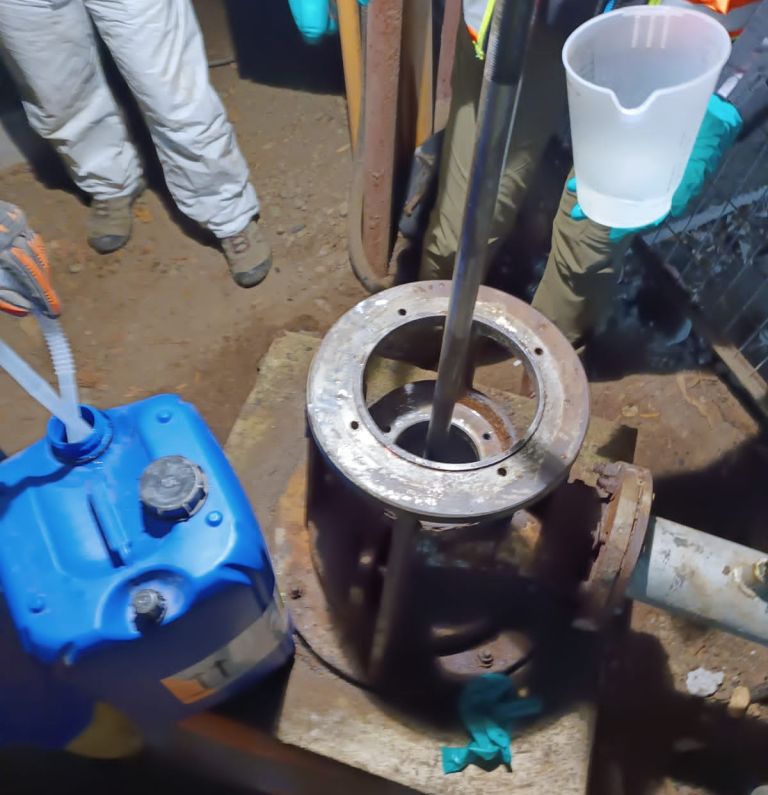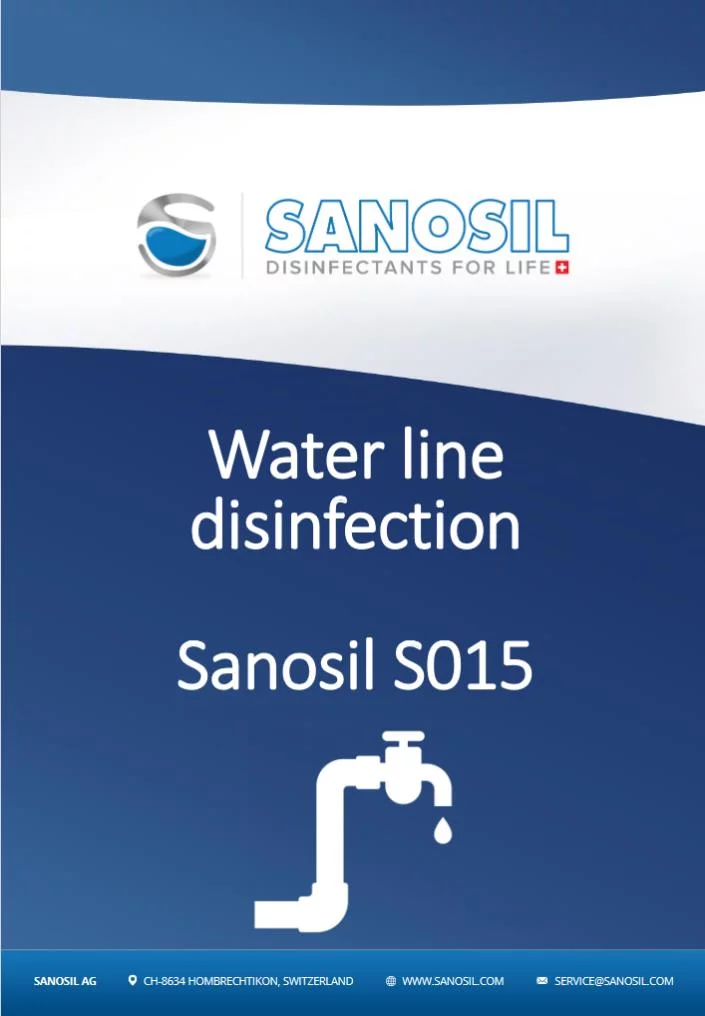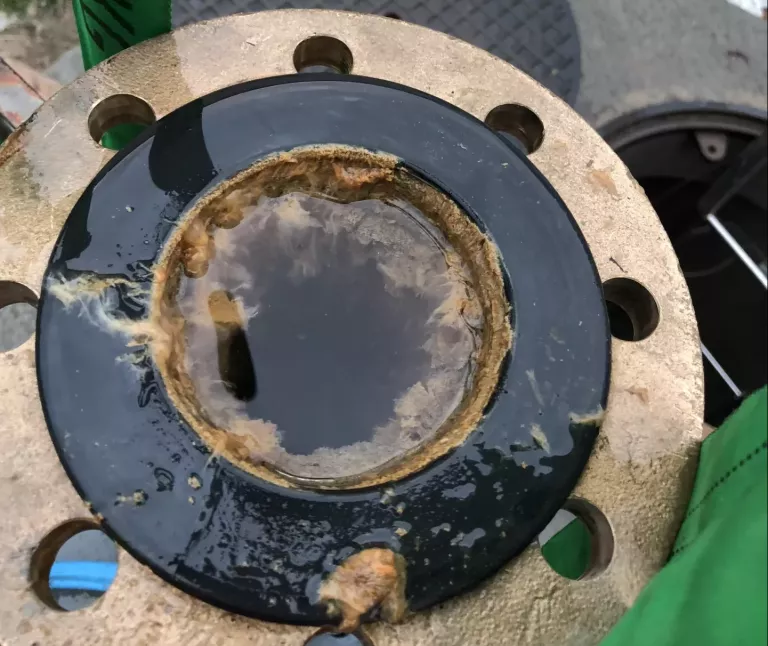Disinfection and Cleaning of Water Wells & Spring Water Catchments
Treatment of drinking water wells & water catchments
Treatment of drinking water wells & water catchments
Carefully constructed and maintained water wells generally require disinfection relatively infrequently. Significant contamination is rare if groundwater pollution is prevented. However, unforeseen events such as floods, burst sewage pipes, or improperly applied manure near the well shaft can cause a sudden increase in germs in the water. Extended periods of inactivity or dryness can also be critical.
After such an event, a contaminated well or water catchment must be cleaned and disinfected to restore pristine water quality.
Sanosil disinfectants are ideal for this purpose and are significantly superior to other disinfectants in many ways.


Highly concentrated disinfectant for water and water systems
Disinfectant (non-hazardous) for water and water systems


Both groundwater wells and spring water catchments can become contaminated through impurities in the water, posing a health risk. Wells and catchments are systems that draw water from the ground or from a spring.
Regular maintenance and monitoring are essential for both groundwater wells and water catchments to ensure they function properly and that the water quality meets hygiene standards. These systems must be protected from potential contamination from agricultural activities, waste disposal, human settlements, or industrial facilities.
If wells are not used regularly, waterborne germs and biofilms can quickly form in the pipes, pumps, and other water-carrying parts. In adverse situations, such contamination can spread retrogradely and affect the entire system.

Disinfecting a well contaminated with microorganisms requires careful planning and execution to ensure all contaminated areas in the well are reached and treated. The necessary steps typically involved in disinfecting a contaminated well include:
After successful disinfection, contamination is completely eradicated.
When disinfecting a well, it is crucial to exercise great caution, as disinfectants are introduced into the well shaft. There is a risk of chemically contaminating the groundwater. Non-oxidizing and long-lasting biocides, such as glutaraldehyde, are particularly critical and should be avoided.
Hydrogen peroxide-based biocides, such as Sanosil disinfectants, do not pose this risk because hydrogen peroxide decomposes into water and oxygen.
Practical experience has shown that with the use of Sanosil disinfectants, after a settling period and flushing the well (discarding the contents), no disinfectant residues can be detected.
Our core competencies include the manufacturing and application consulting of disinfection products for water systems, surfaces, and air (complete room disinfection).